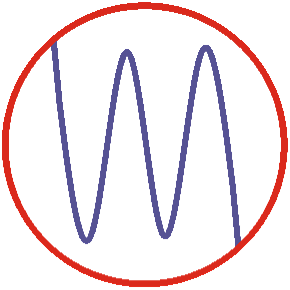Absorption Chillers vs Electric Chillers for Waste Heat Recovery: ROI, Energy Savings & Piping Schematics
Waste heat recovery is a cornerstone of energy efficiency in 2025’s commercial HVAC world. Both absorption and electric chillers can leverage this heat, but understanding their differences is key to maximizing ROI and sustainability.
How Waste Heat Recovery Works
Waste heat from industrial processes, CHP systems, or district heating can drive chillers to produce cooling without consuming additional electricity. This reduces operational costs and carbon emissions.
Absorption Chillers
These chillers convert low-grade thermal energy into chilled water. The PLC based smart control and Web HMI system minimises the manual intervention and maintenance cost. For instance, a UK manufacturing plant reduced cooling energy costs by 25% after installing a 700kW absorption chiller using waste heat.
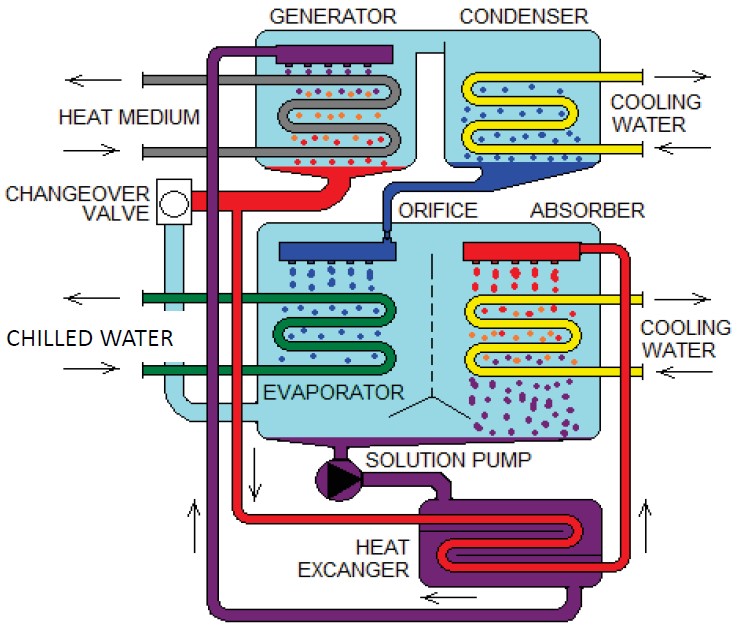
Electric Chillers with Heat Recovery
Electric chillers with dual condenser heat recovery produce both chilled water and useful hot water for space heating or domestic use. Compact and easier to install, their combined COP can reach 7.0 in ideal conditions.
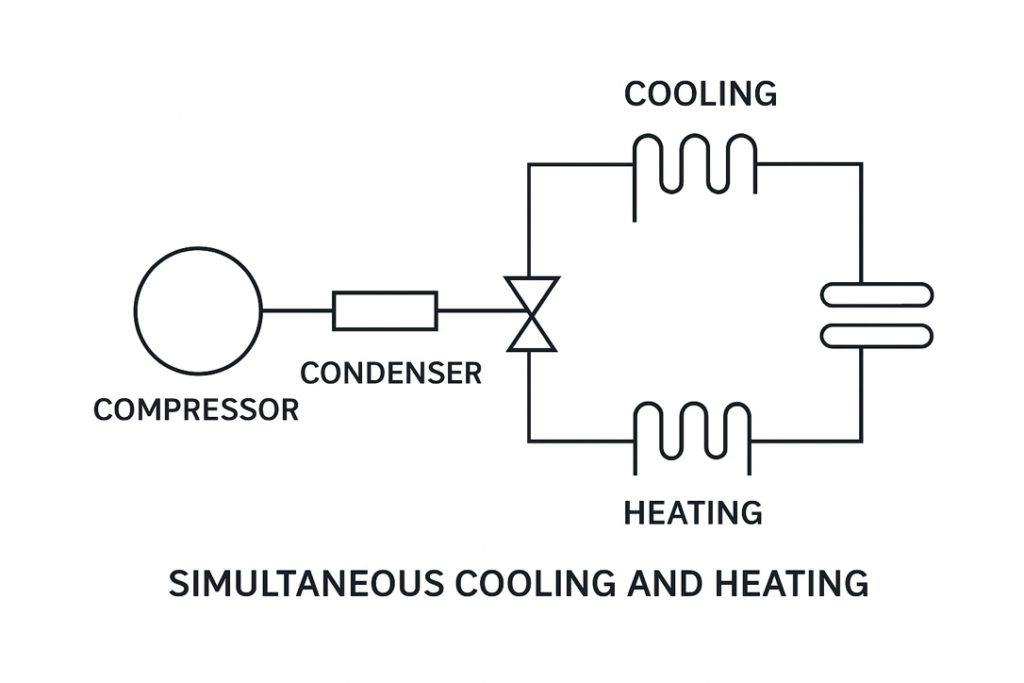
ROI Insights
In the UK, absorption chillers typically have a 3-5 year ROI in facilities with steady waste heat. Electric chillers may take 5-7 years but offer installation simplicity. A London data centre reported a 4-year ROI on a 1000kW absorption chiller integrated with CHP waste heat.
Piping Schematics Overview
- Absorption Chiller Loop: Hot water loop (e.g., 95/75°C) powers the generator; chilled water loop (12/6°C) provides cooling; cooling tower loop (27/33°C) dissipates heat. Shell-and-tube heat exchangers and finned coils improve efficiency.
- Electric Chiller Loop: Includes chilled water loops and heat recovery condenser loops (32-60°C). Dual condenser design allows independent control for heating and cooling.
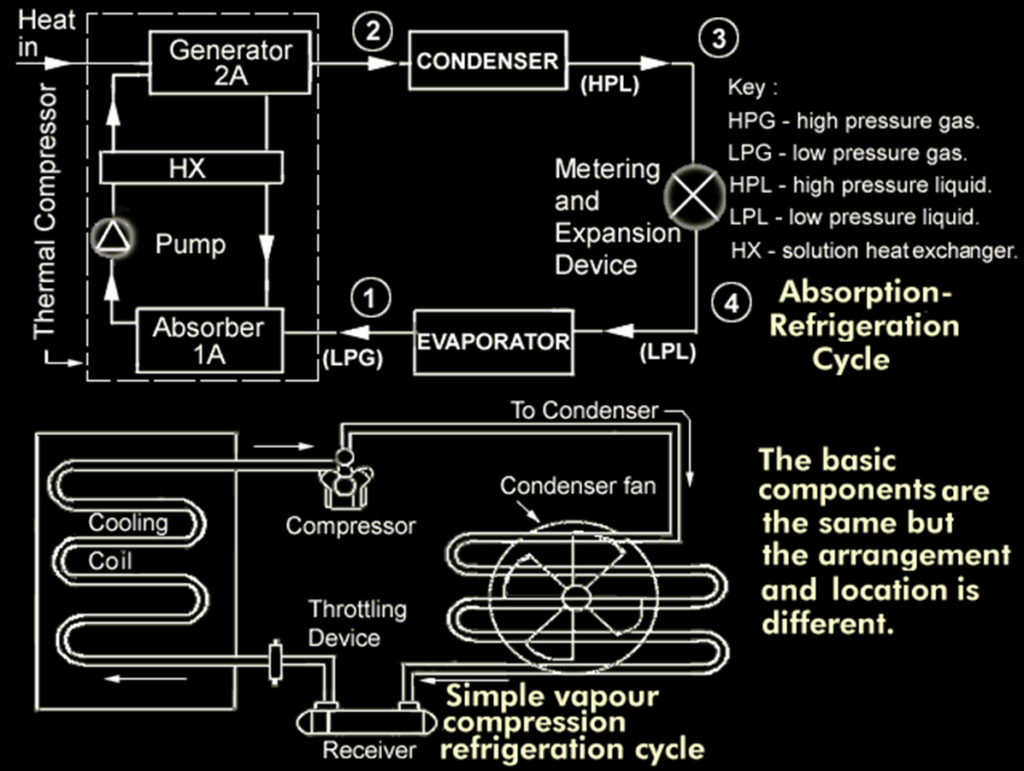
Which to Choose?
For facilities with abundant waste heat and space, absorption chillers offer better long-term savings and sustainability. Electric chillers suit smaller sites needing combined heating and cooling with simpler setups.
For detailed piping schematics, ROI analyses, and comparative data, download the full Vamtec Absorption Chiller Guide here and get the complete 1500-word resource.
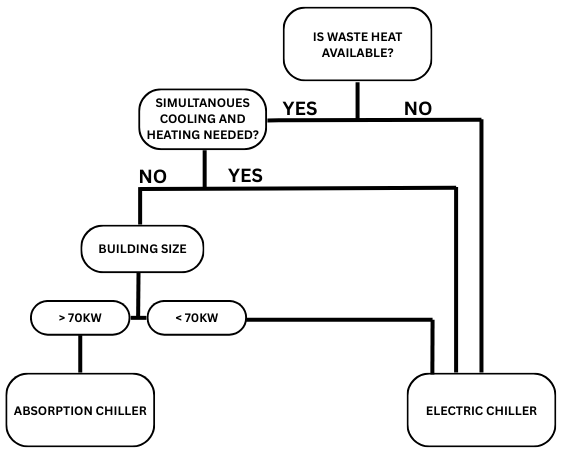
Need expert piping schematic design? Vamtec engineers specialise in optimising heat recovery loops tailored to your building.
FAQ’s:
Q1: How do absorption chillers recover waste heat?
A: Absorption chillers convert low-grade waste heat into cooling by using a refrigerant-absorbent cycle, reducing electricity consumption.
Q2: Can electric chillers recover waste heat too?
A: Yes, electric chillers with heat recovery can capture condenser heat to provide hot water, offering simultaneous heating and cooling capabilities.
Q3: What is the typical ROI for absorption chillers in the UK?
A: Absorption chillers typically offer a 3–5 year ROI in facilities with consistent waste heat availability.
Q4: How do piping schematics differ between absorption and electric chillers?
A: Absorption chillers require hot water loops to power the generator, chilled water loops for cooling, and cooling tower loops, while electric chillers include chilled water loops and heat recovery condenser loops with dual condensers.
Q5: Which chiller type is better for small commercial buildings?
A: Electric chillers are often preferred for smaller buildings due to simpler installation and simultaneous heating and cooling capabilities.
